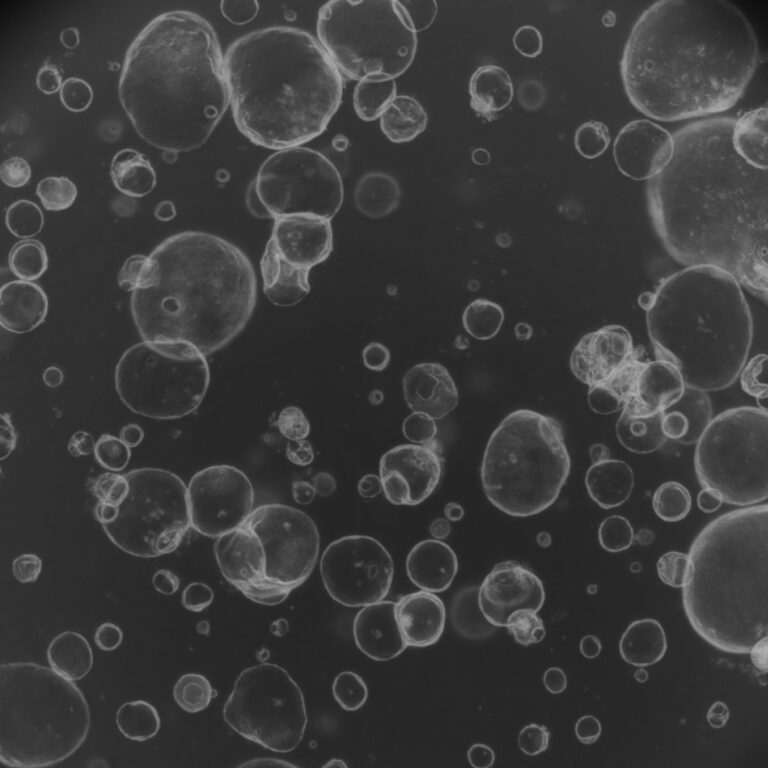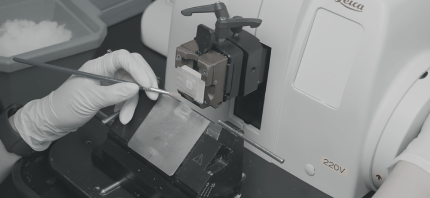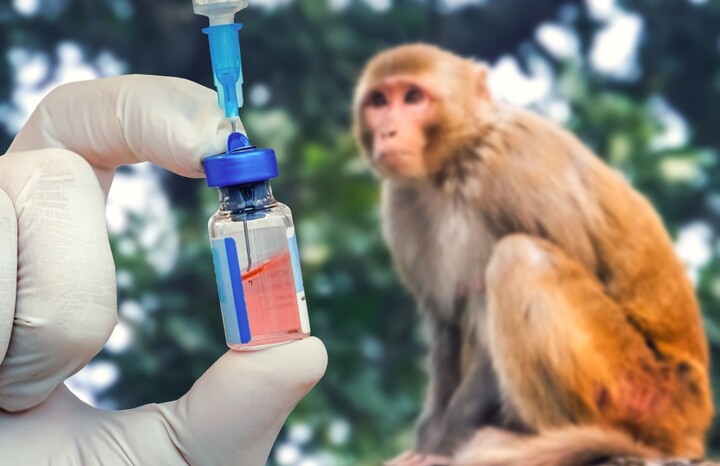Our goal is to understand the limitations of animal studies for predicting toxicity in clinical trials.
(These are not comprehensive list and are for informational purposes only)
Thalidomide (1950-60s)
- Caused devastating phocomelia in 20,000-30,000 infants
- Animal tests failed to reveal significant teratogenicity in:
- 10 strains of rats
- 11 breeds of rabbit
- 2 breeds of dog
- 3 strains of hamsters
- 8 species of primates
- Various cats, armadillos, guinea pigs, swine, and ferrets
Fialuridine (1993)
- 5 volunteers out of 15 died during phase II clinical trials from liver failure and lactic acidosis; two more survived after liver transplantation
- Pre-clinical tests deemed it safe in mice, rats, dogs, monkeys, and woodchucks at doses hundreds of times higher
TGN1412 (2006)
- 6 human volunteers in phase I trials were all critically ill, with long-term complications
- The volunteers took 1/500th of the dose found safe in animal testing
BIA-102474-101 (2016)
- 5 human volunteers suffered deep brain hemorrhage and necrosis; 1 died
- The volunteers took 1/500th of the safe dose for dogs
Regulatory and research leaders are increasingly aware of this issue. In 2006, Michael Levitt, then U.S. Secretary of Health and Human Services, highlighted the problem: “Nine
Keywords: animal procedures, animal-free initiatives, animal testing





